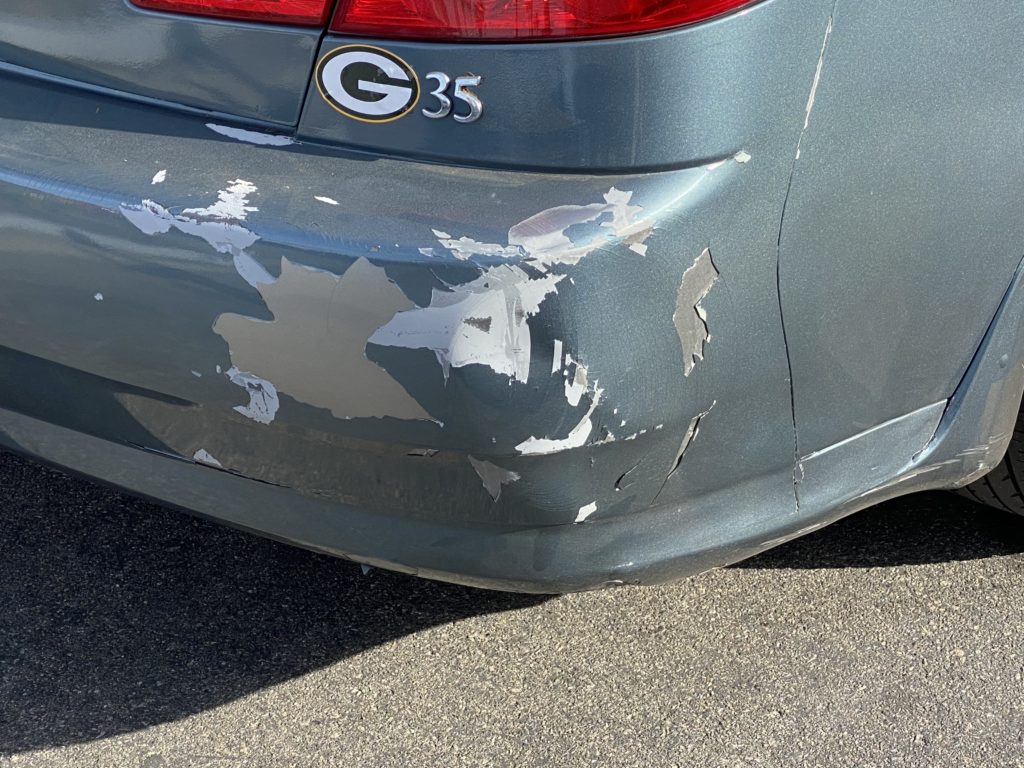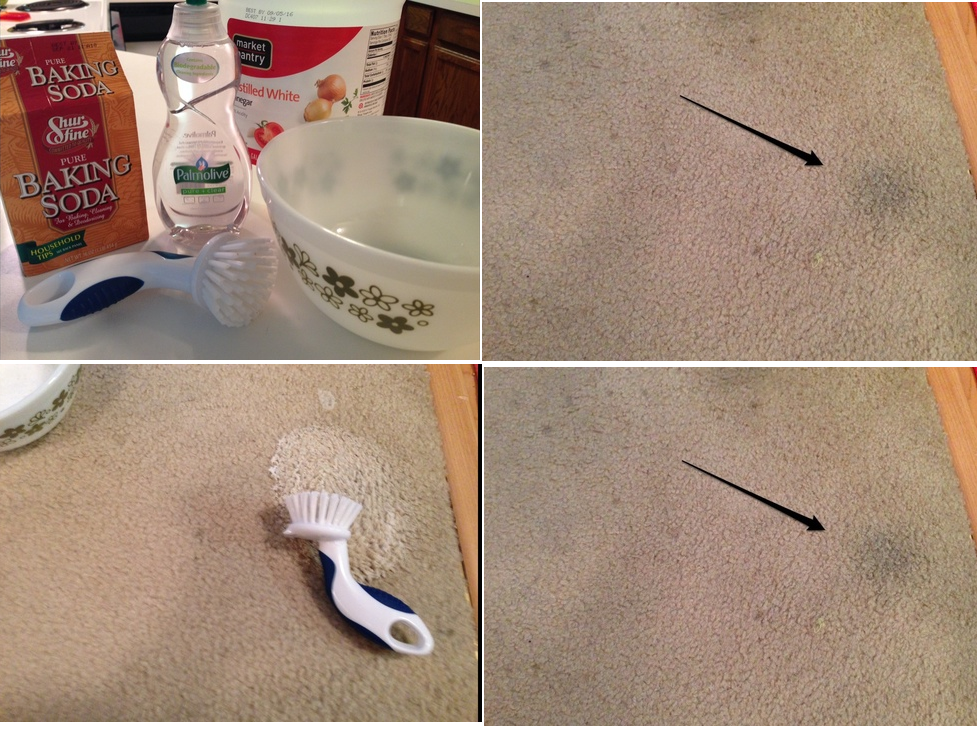How to Remove Drip Marks on Kitchen Walls
Drip marks on kitchen walls can be a frustrating eyesore for any homeowner. Not only do they make your kitchen look dirty and unkempt, but they can also be a sign of larger issues such as water leaks or mold growth. If you're dealing with drip marks on your kitchen walls, don't worry – there are several DIY solutions and professional services available to help you get rid of them. In this article, we'll discuss the top 10 ways to remove drip marks on kitchen walls and how to prevent them from coming back.
Causes of Drip Marks on Kitchen Walls
The first step to getting rid of drip marks on your kitchen walls is understanding what causes them in the first place. The most common cause of drip marks is condensation, which can occur when hot and cold air meet in your kitchen. This can happen when cooking or running the dishwasher, causing water droplets to form and leave marks on your walls. Other causes of drip marks include water leaks, mold growth, and improper ventilation.
Preventing Drip Marks on Kitchen Walls
The best way to deal with drip marks on kitchen walls is to prevent them from happening in the first place. One way to do this is by improving the ventilation in your kitchen. Opening windows or using exhaust fans while cooking can help reduce condensation and prevent drip marks. It's also important to fix any water leaks or mold growth as soon as they are discovered to avoid further damage to your walls.
DIY Solutions for Drip Marks on Kitchen Walls
If you already have drip marks on your kitchen walls, there are several DIY solutions you can try to remove them. One effective method is using a mixture of warm water and dish soap to gently scrub the marks off the walls. You can also try using a mixture of vinegar and water, which can help break down the marks and remove them. Be sure to test these solutions on a small, inconspicuous area of your wall first to ensure they don't cause any damage.
Professional Services for Removing Drip Marks on Kitchen Walls
If the DIY solutions don't work or if you're dealing with a more serious issue such as mold growth, it may be best to hire a professional service to remove the drip marks. Professional cleaners have the necessary equipment and expertise to effectively remove the marks without causing any damage to your walls. They can also help identify and fix the underlying issues causing the drip marks.
Best Products for Removing Drip Marks on Kitchen Walls
If you prefer to tackle the drip marks yourself, there are some products on the market specifically designed to remove them. Look for cleaners that are safe for use on painted walls and that can effectively cut through grease and grime. You can also try using a magic eraser or a mixture of baking soda and water to gently scrub away the marks.
Common Mistakes When Removing Drip Marks on Kitchen Walls
When trying to remove drip marks on your kitchen walls, it's important to avoid some common mistakes that can make the problem worse. One mistake is using harsh chemicals or abrasive scrubbing tools, which can damage the paint or wallpaper on your walls. It's also important to properly dry the walls after cleaning to prevent the marks from reappearing.
How to Repair Paint Damage from Drip Marks on Kitchen Walls
In some cases, removing drip marks may also cause damage to the paint on your walls. If this happens, you can use some touch-up paint to cover the damaged area. It's also a good idea to keep some extra paint on hand when doing any touch-ups in your kitchen.
Using Vinegar to Remove Drip Marks on Kitchen Walls
Vinegar is a natural and effective solution for removing drip marks on kitchen walls. Its acidic properties help break down the marks and make them easier to remove. To use vinegar, mix equal parts vinegar and water in a spray bottle and spray it onto the affected area. Let it sit for a few minutes before wiping it off with a clean cloth.
How to Prevent Drip Marks on Kitchen Walls When Cooking
Preventing drip marks on your kitchen walls while cooking can be a challenge, but there are a few things you can do to minimize them. Using lids on pots and pans can help reduce steam and condensation, and using the exhaust fan while cooking can also help. It's also a good idea to wipe down your walls after cooking to prevent any lingering moisture from leaving marks.
In conclusion, drip marks on kitchen walls are a common issue that can be easily dealt with using the right methods. By understanding the causes and using preventative measures, you can keep your kitchen walls looking clean and fresh. And if you do end up with drip marks, there are plenty of DIY solutions and professional services available to help you get rid of them for good.
The Impact of Drip Marks on Kitchen Walls in House Design

The Importance of a Well-Designed Kitchen
The Culprit: Leaky Pipes and Poor Ventilation
 The presence of
drip marks on kitchen walls
is often a result of leaky pipes or poor ventilation in the kitchen. When pipes leak, water can seep into the walls and ceiling, leaving behind unsightly marks. This can also lead to mold and mildew growth, which can be harmful to both the aesthetics and health of the kitchen. Poor ventilation can also contribute to the appearance of drip marks, as steam and condensation can build up and cause moisture to accumulate on the walls.
The presence of
drip marks on kitchen walls
is often a result of leaky pipes or poor ventilation in the kitchen. When pipes leak, water can seep into the walls and ceiling, leaving behind unsightly marks. This can also lead to mold and mildew growth, which can be harmful to both the aesthetics and health of the kitchen. Poor ventilation can also contribute to the appearance of drip marks, as steam and condensation can build up and cause moisture to accumulate on the walls.
The Solution: Proper Maintenance and Design Choices
 To prevent the appearance of
drip marks on kitchen walls
, proper maintenance and design choices are crucial. Regularly checking for and fixing any leaks in the kitchen plumbing can help prevent water damage and mold growth. Installing proper ventilation, such as a range hood, can also help reduce moisture in the kitchen. When it comes to design choices, selecting materials that are resistant to moisture, such as ceramic tiles or washable paint, can help prevent the formation of drip marks.
To prevent the appearance of
drip marks on kitchen walls
, proper maintenance and design choices are crucial. Regularly checking for and fixing any leaks in the kitchen plumbing can help prevent water damage and mold growth. Installing proper ventilation, such as a range hood, can also help reduce moisture in the kitchen. When it comes to design choices, selecting materials that are resistant to moisture, such as ceramic tiles or washable paint, can help prevent the formation of drip marks.
The Aesthetic Impact of Drip Marks
 Aside from the potential health hazards and maintenance issues,
drip marks on kitchen walls
can also greatly impact the overall design of the kitchen. They can make the space look dirty and unkempt, taking away from the overall aesthetic appeal. This is especially important for homeowners who are looking to sell their house, as potential buyers may be turned off by the appearance of drip marks in the kitchen.
In conclusion, the presence of
drip marks on kitchen walls
can greatly impact the design and functionality of the kitchen. By addressing any underlying issues and making proper design choices, homeowners can maintain a beautiful and well-designed kitchen for years to come.
Aside from the potential health hazards and maintenance issues,
drip marks on kitchen walls
can also greatly impact the overall design of the kitchen. They can make the space look dirty and unkempt, taking away from the overall aesthetic appeal. This is especially important for homeowners who are looking to sell their house, as potential buyers may be turned off by the appearance of drip marks in the kitchen.
In conclusion, the presence of
drip marks on kitchen walls
can greatly impact the design and functionality of the kitchen. By addressing any underlying issues and making proper design choices, homeowners can maintain a beautiful and well-designed kitchen for years to come.





:max_bytes(150000):strip_icc()/how-to-remove-scuff-marks-4686428-09-e3a613fad7104aa995cf8c31c2e74a43.jpg)

















































































